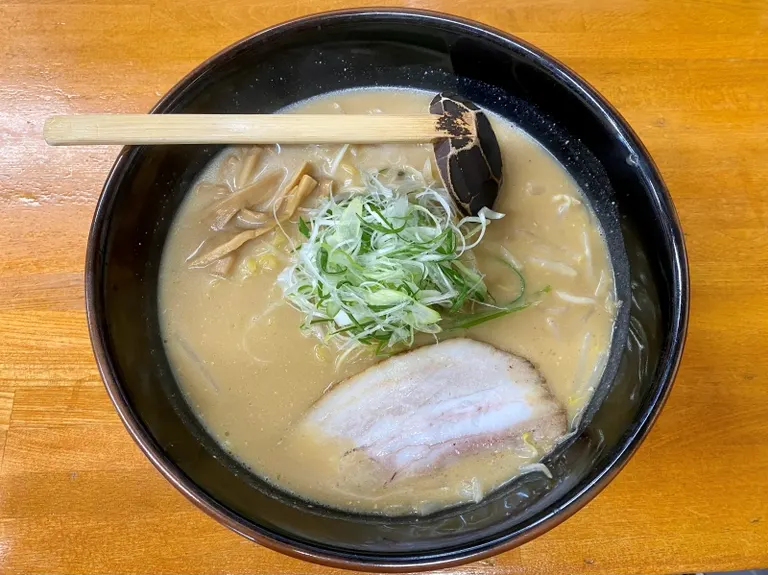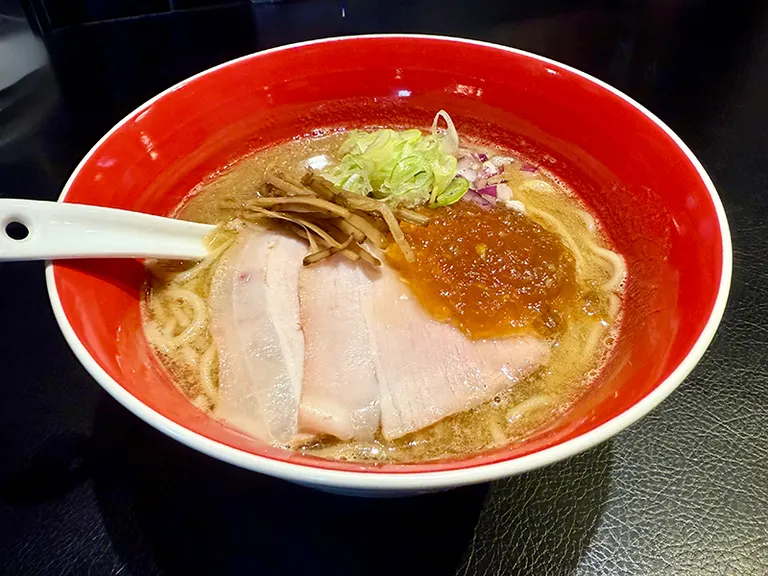![Enjoy rich, fluffy TKG at home! "Tamagokake Gohan Set" made with carefully selected ingredients from Pippu Town, Hokkaido [Pippu Town x Domingo]|Domingo](https://p1-634a4370.imageflux.jp/w=768,f=webp:auto,q=78/https%3A%2F%2Fdomingo.ne.jp%2Fwp%2Fwp-content%2Fuploads%2F2021%2F09%2F2de202fd3c665d7c7909dade328faed6.jpeg)
ARTICLES
Enjoy rich, fluffy TKG at home! "Tamagokake Gohan Set" made with carefully selected ingredients from Pippu Town, Hokkaido [Pippu Town x Domingo]
To apply, tweet this!
When applying, please be sure to carefully read the details of the gift campaign ./ Follow & RT for a chance to win a #RichEggOnRice set ! \ We will be giving away a "Tamagokake Gohan Set" made with carefully selected ingredients from Pippu Town, Hokkaido to 5 lucky winners 🥚🍚🎁 ▼How to apply ① Follow @cfm_domingo ② Retweet this post ▼Deadline 9/20 (Mon) #Hokkaido #Pippu Town #TKG #Gourmet https://t.co/HYf00D1wVN
— Domingo (Official) | Officially recognized by municipalities! Hokkaido information media (@cfm_domingo) September 13, 2021
What is the special "Rich Egg on Rice Set" from Pippu Town, Hokkaido?
This is a special soy sauce set made with rice, eggs, and spring onions that are all painstakingly produced in Pippu Town.
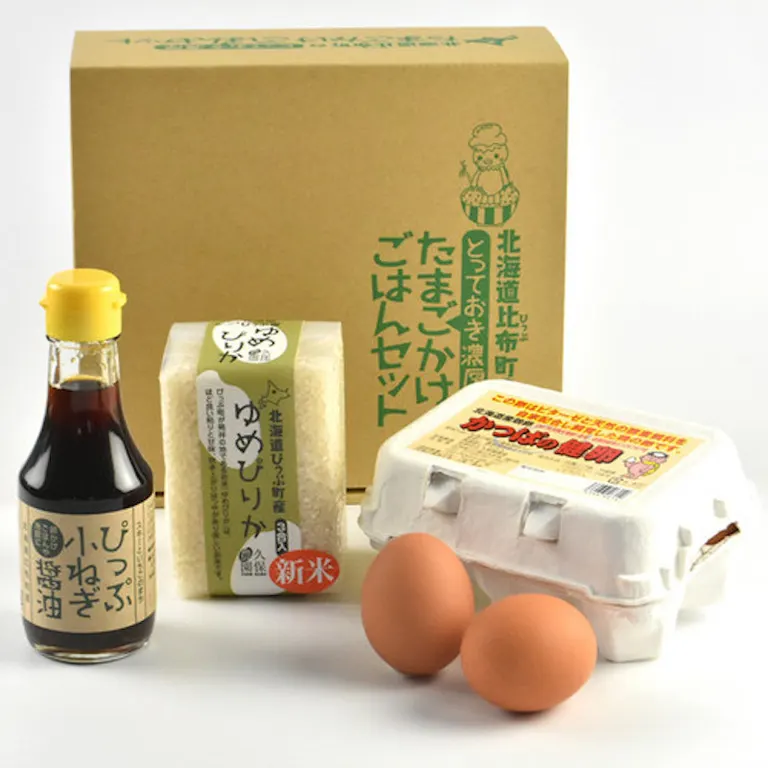
Photo courtesy of Hokkaido Pippu Shoten
Just crack an egg over freshly cooked rice and drizzle with soy sauce -- a simple "egg on rice" dish where the flavor of the ingredients is key. Why not try this egg-on-rice dish that combines the best of both worlds, made with the town's proud Yumepirika, Nanatsuboshi, and Kappa healthy eggs, and a touch of green onion and soy sauce to bring out the best in both?
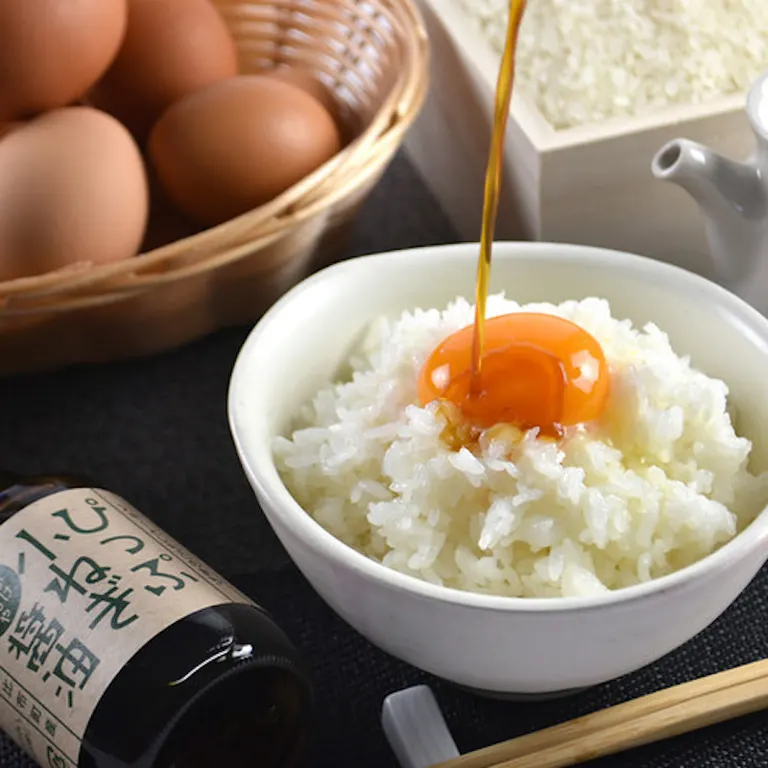
Photo courtesy of Hokkaido Pippu Shoten
Now let's take a closer look at the special ingredients in each of these products: rice, eggs, and special soy sauce made with spring onions!
Pippu Town's proud rice "Yumepirika" and "Nanatsuboshi"
Pippu Town's main industry is agriculture, and it is a rice-producing area, with rice accounting for 66% of agricultural output. They cultivate a variety of rice varieties, including "Yumepirika," a variety that has been improved upon many times and is said to represent the pinnacle of Hokkaido rice technology; "Nanatsuboshi," which is delicious even when cooled and has a good balance of stickiness and sweetness; "Emimaru," a new variety that can be grown by direct seeding and is expected to become more widely used; and "Kirara 397," a long-selling variety that boasts unwavering popularity and is widely used in restaurants and other establishments.
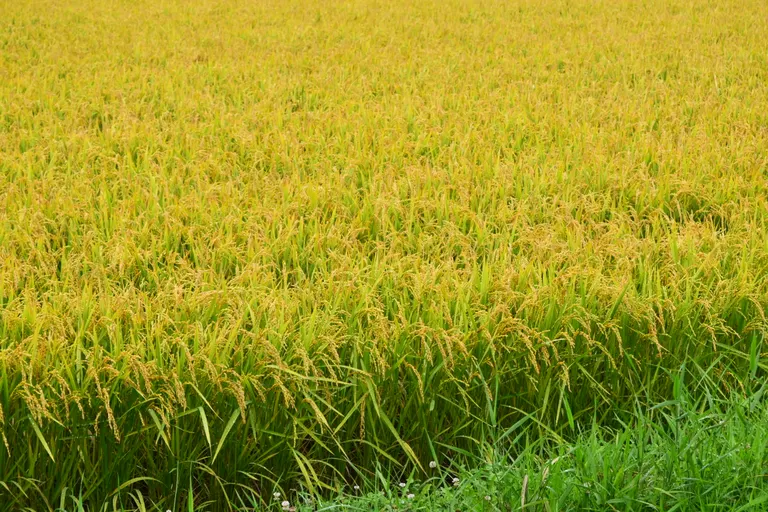
The varieties we will be delivering this time are 2 cups of "Yumepirika" and 2 cups of "Nanatsuboshi". You can even compare the taste of the different rice! "Yumepirika" cooks beautifully and is shiny, with a rich sweetness and chewy texture, and is said to be the best of Hokkaido rice. In fact, Yumepirika originated at the Kamikawa Agricultural Experiment Station in Pippu Town. This rice was developed over a period of 10 years, with the desire to produce delicious rice in the cold climate of Hokkaido. Nanatsuboshi rice retains its shape and shines when cooked. It has an excellent balance of taste and texture, and is delicious even when cooled. It is widely used not only on the dinner table but also in bento lunches, and is said to be the most popular variety in Hokkaido. Being able to compare the taste of these two types of new rice is truly luxurious.
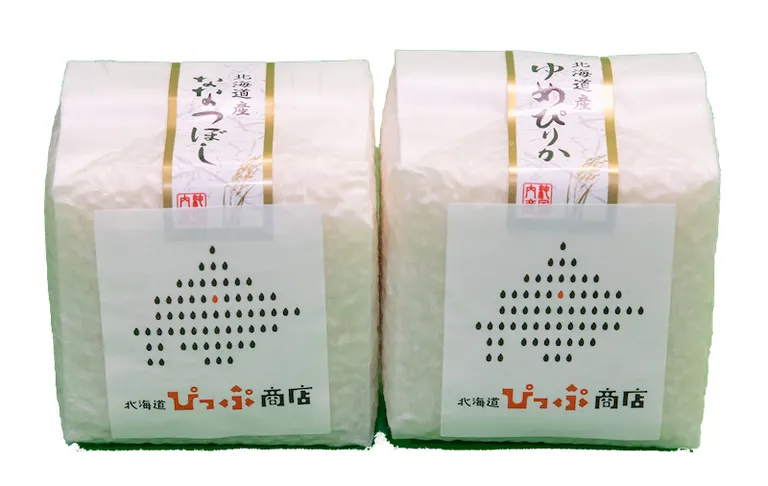
Photo courtesy of Pippu Town
And now it's just the right time for new rice! Freshly milled Yumepirika and Nanatsuboshi rice are vacuum packed in bite-sized portions, preserving their freshness. When you open the package, you'll find this year's new rice, lovingly produced in Pippu Town.
Kappa no Kenran is made with the utmost care for its feed
Kappa no Kenran eggs are produced at Okuma Poultry Farm using only the finest feed. The defining feature of these eggs is that they are delicious when eaten raw. They are plump and rich in flavor, but without any distinctive odor, so they are recommended even for those who don't like raw eggs.
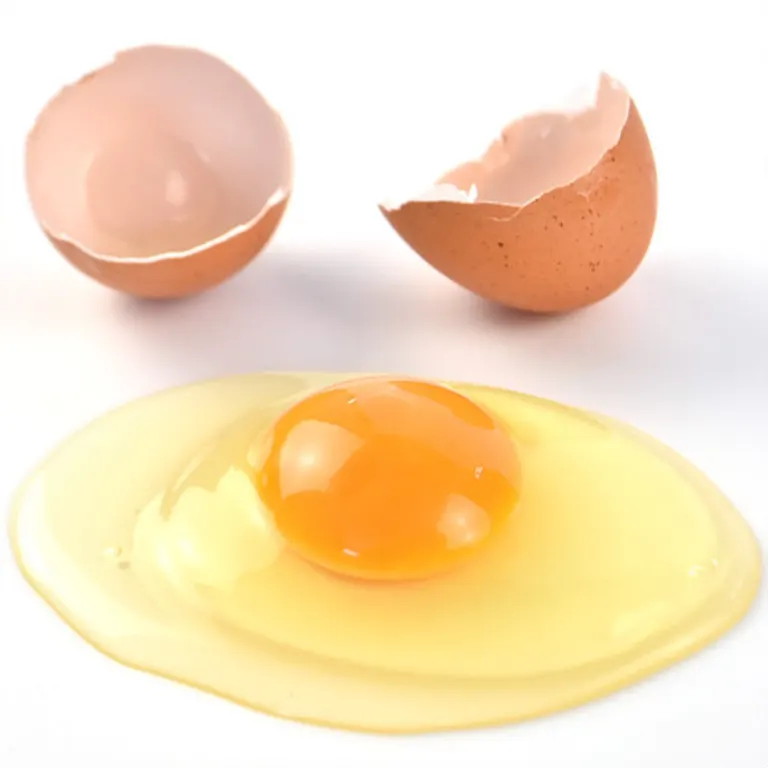
Photo courtesy of Hokkaido Pippu Shoten
These eggs are produced by Okuma Poultry Farm in Pippu Town. We spoke to the company president, Okuma Katsuyuki.
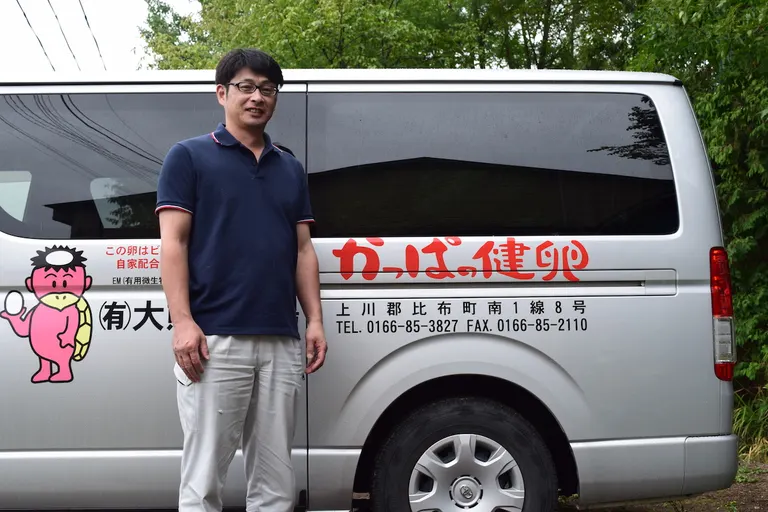
The secret to its deliciousness is that the chickens are healthy. At Okuma Poultry Farm, they believe that what the chickens eat on a daily basis has a significant impact on the health of the people who eat their eggs, so they eliminate all chemical substances and toxic substances. We strive to improve the hygiene and health of our chickens by adding EM bacteria, a symbiotic microorganism, to our unique feed blend of corn, kelp powder, soy pulp, and fish meal.
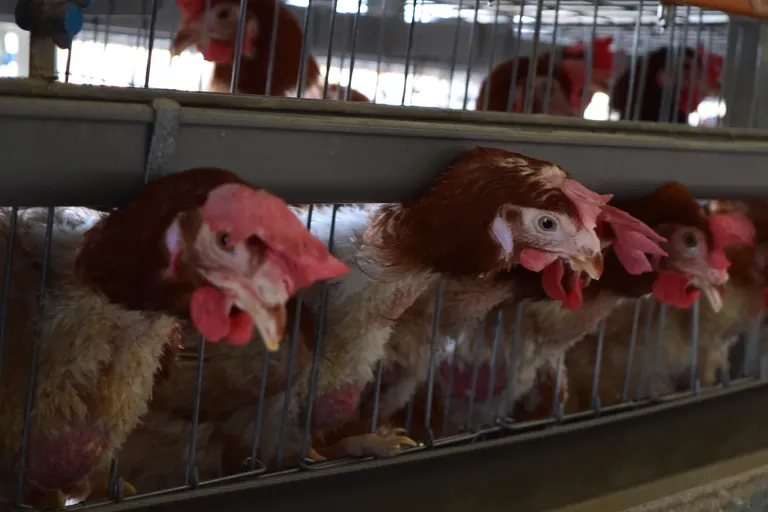
Every morning at 6am, Okuma feeds his chickens his special food, and also checks on them to see if they are doing well and if they are fighting. Each and every egg laid by our carefully raised chickens is a treasure. Okuma Poultry Farm currently has about 12,000 cute chickens. They lay eggs in both summer and winter, and apparently ship out more than 10,000 eggs every day.
" Pippu Onion Soy Sauce " made with senbon leeks that have accumulated sweetness under the snow
"Pippu Small Onion Soy Sauce" is a soy sauce made with Senbongi Onions, a local specialty of Pippu Town, "The Colors of Season."
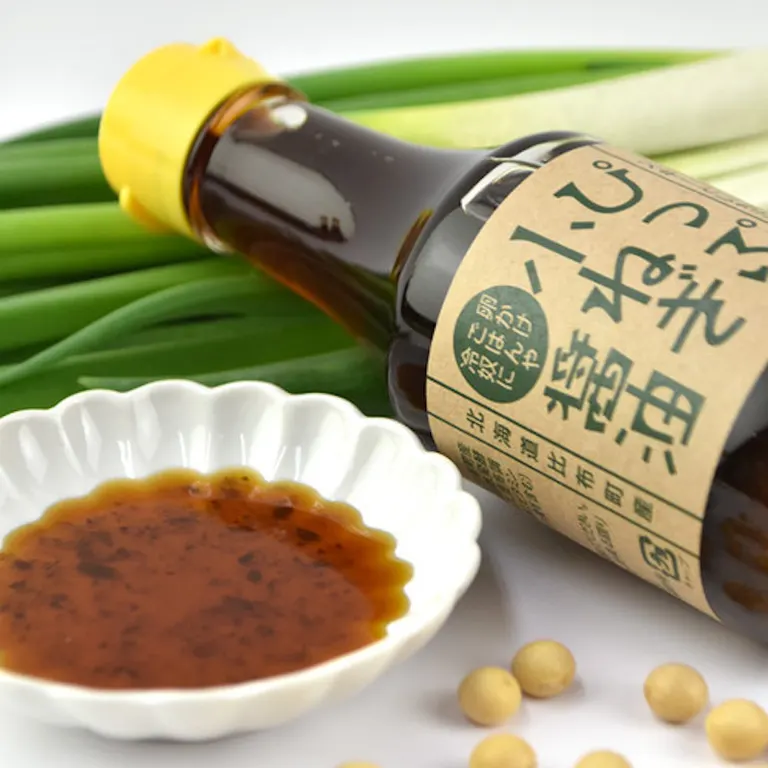
Photo courtesy of Hokkaido Pippu Shoten
Its cultivation method differs from that of regular onions, as it allows it to survive the winter. First, in May, seedlings are planted one by one in the fields. A single seedling in the spring will grow into about 15 plants by autumn. This is why they are called "Senbon Negi" (a thousand onions).
Even when it snows, they are left to grow in the fields, and in December they are dug up from the snow and replanted in greenhouses. These onions are in season only during the cold season from January to March, when the new shoots grow to 35 cm.
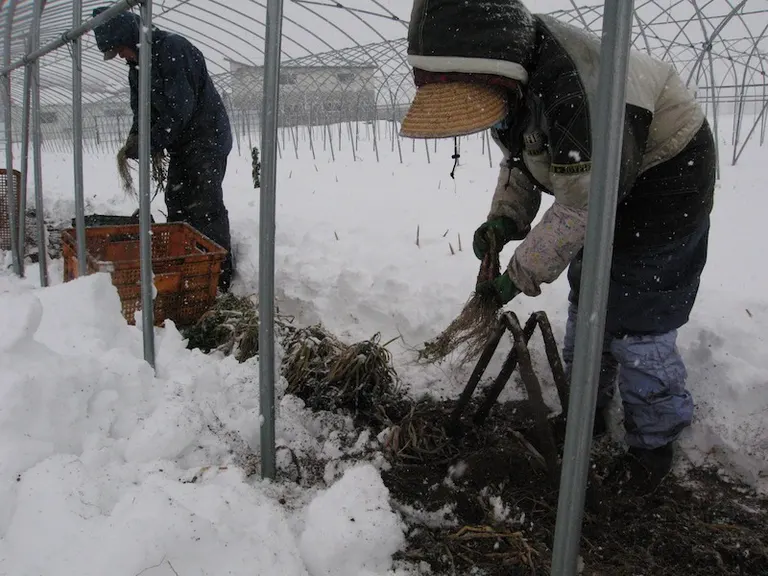
Photo courtesy of Pippu Town
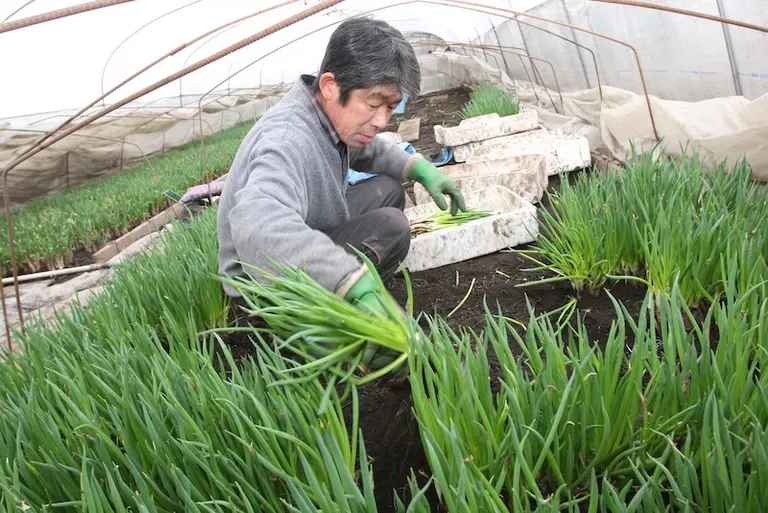
Photo courtesy of Pippu Town
The harvest season is short, and there are only 20 farms that grow this onion, making it a very valuable crop. "Pippu Green Onion Soy Sauce" was developed in collaboration with Kikko Nihon, a long-established soy sauce company in Asahikawa City, to take advantage of the sweetness and aroma of "Shun no Irodori" and be served with raw egg on rice. The sweetness and rich aroma of the green onions dissolve into the soy sauce, creating a flavorful soy sauce that binds and brings out the flavor of the eggs and rice. It's a versatile ingredient that goes well not only with rice topped with raw egg, but also with cold tofu or dumplings.
Egg and rice using the "Rich Egg and Rice Set"
It's very easy to make. First, cook the Yumepirika rice. New rice contains more water than old rice, so try cooking it with a little less water. Just crack a Kappa no Ken Tamago into cooked rice and drizzle some green onion soy sauce on top! The green onions will accumulate at the bottom, so we recommend shaking the rice before pouring it on.
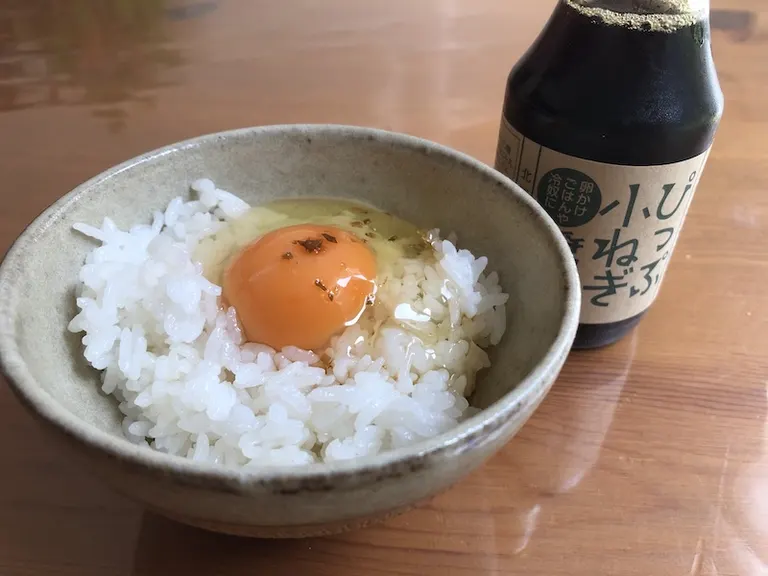
The editorial team at Domingo tried this ultimate egg on rice and was surprised at how rich the egg was and how odorless it was. It also matched well with the flavor of the green onions that melted into the soy sauce, and we couldn't stop eating. Please apply and try this egg on rice, which is full of Pippu Town's specialties!

Photo courtesy of Hokkaido Pippu Shoten
■ Pippu Town Homepage ■ Hokkaido Pip Shop ■ Pippu Town Twitter ■ Pippu Town Hometown Tax Website ■ Pip Town Tourism Information Site
To apply, tweet this!
When applying, please be sure to carefully read the details of the gift campaign ./ Follow & RT for a chance to win a #RichEggOnRice set ! \ We will be giving away a "Tamagokake Gohan Set" made with carefully selected ingredients from Pippu Town, Hokkaido to 5 lucky winners 🥚🍚🎁 ▼How to apply ① Follow @cfm_domingo ② Retweet this post ▼Deadline 9/20 (Mon) #Hokkaido #Pippu Town #TKG #Gourmet https://t.co/HYf00D1wVN
— Domingo (Official) | Officially recognized by municipalities! Hokkaido information media (@cfm_domingo) September 13, 2021








